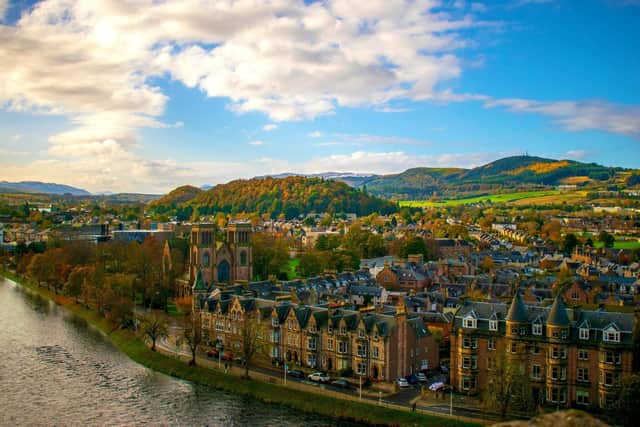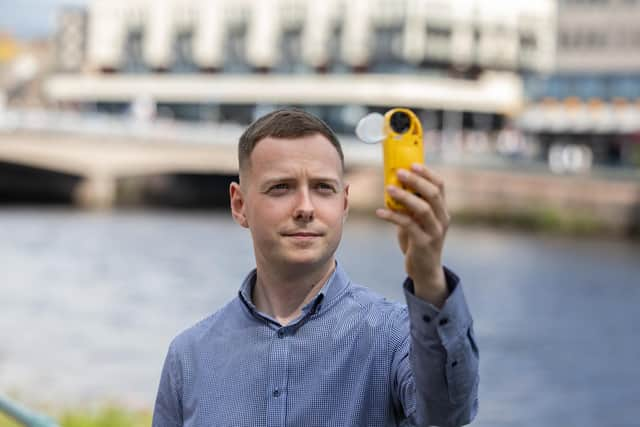How the spread of urbanisation is affecting the temperature in a wee Scottish city
The aim of the project was to measure the impacts of the ‘urban heat island’ effect – a phenomenon where buildings, roads and other infrastructure absorb and emit more heat than the surrounding rural environment, raising warmth in built-up areas.
It’s the first such study to focus on Inverness and only the second of its kind to take place in Scotland, with the previous one done in Glasgow in the 1970s.
Advertisement
Hide AdAdvertisement
Hide AdIt is also one of only a few across the globe which explore the issue in smaller conurbations, with most research focusing on large cities such as New York and Tokyo.
Inverness is one of Scotland’s smaller cities, with a current population of around 47,000, but the place has grown dramatically in recent times.
The study was conducted by geography graduate George Gunn, an associate researcher at the University of the Highlands and Islands, with the findings published in the Scottish Geographical Journal.
He used a vehicle-mounted sensor to measure temperatures in areas between Inverness and nearby Culloden, site of the historic battle that ended the 1745 Jacobite Uprising.


Results show the temperature within the city can be up to 3.5C warmer than in the surrounding countryside, but he warns this could be much greater in years to come as the city continues to expand and climate change pushes temperatures up.
Mr Gunn hopes his work will contribute to wider knowledge about the impacts of urban heat – which can drive global warming, increase air pollution and exacerbate human health problems – and could be used to inform town planning strategies across the world.
“The average temperature difference between Inverness and its surrounding areas was 1.6C, rising to 3.5C on some occasions,” he said.


“This may not seem like a huge amount, but when you look at it in the context of climate change it could have serious implications in the future.
Advertisement
Hide AdAdvertisement
Hide Ad“The collective impact of climate change and the urban heat island effect could see average summer temperatures in Inverness rise by up to 7.4C by 2080 compared to those in more rural areas.
“This can lead to higher air pollution, exacerbating respiratory conditions like asthma, as well as increasing the risk of heat-related illnesses.
“Inverness has experienced rapid urbanisation in recent years so it's crucial for us to understand how this is impacting the local climate.
“Strategic planning should consider proper placement of green space and the density, form and materials used in developments to provide a healthier, more sustainable environment for residents.”
Inverness, which lies within the Great Glen, is situated on the banks of the River Ness where it meets the Beauly Firth.
It is the northernmost city in the UK, having been granted city status in 2000, and is one of the fastest-growing in Europe.
Its population has expanded considerably over the past two decades, jumping from just under 41,000 in 2001 to its current level.
The surrounding area has also become more heavily populated.
Advertisement
Hide AdAdvertisement
Hide AdThe Greater Inverness area, which includes Culloden and Westhill, had nearly 57,000 residents n 2012 but the total had surpassed 63,000 by 2016.
Estimates suggest around a quarter of all those living in the Highland region are based in or around Inverness.
It has often ranked highly in ‘quality of life’ surveys and more than once been voted Scotland’s happiest place.
The city is also internationally renowned for its links with Scotland’s best-known celebrity – Nessie, the Loch Ness monster.
Comments
Want to join the conversation? Please or to comment on this article.